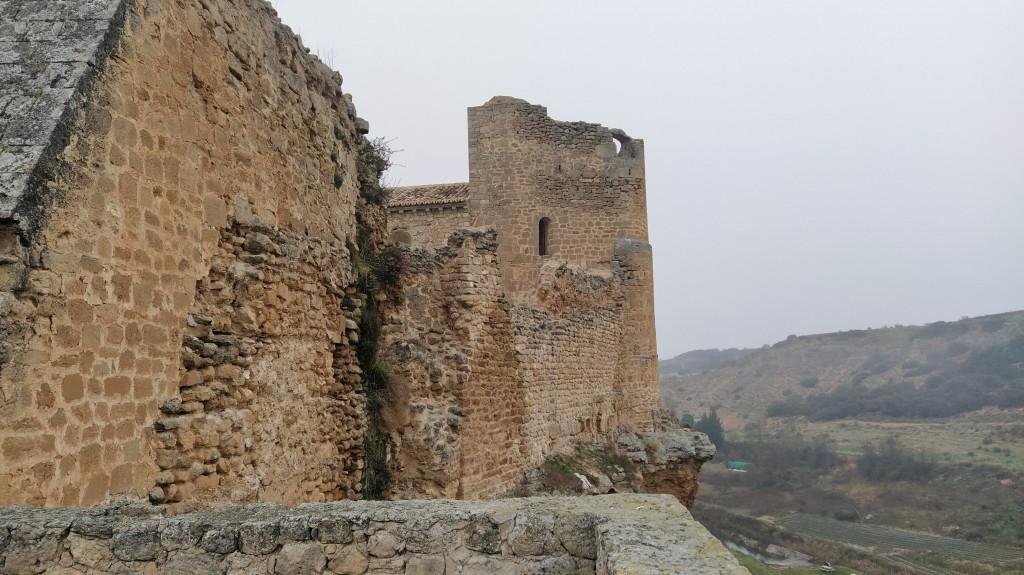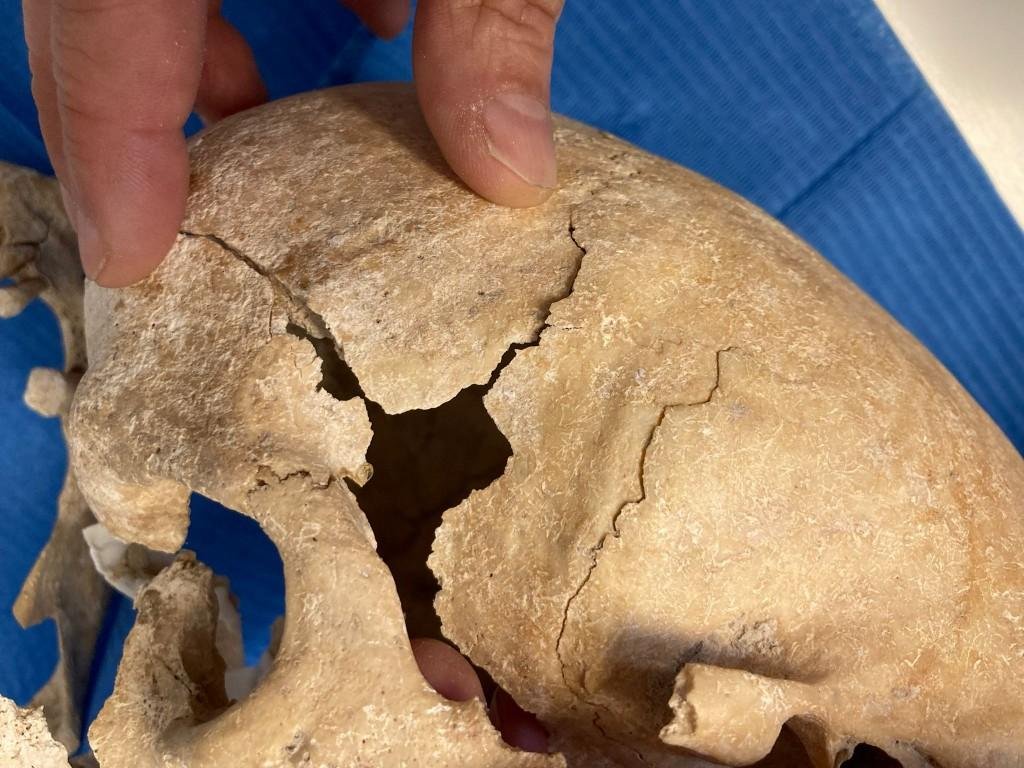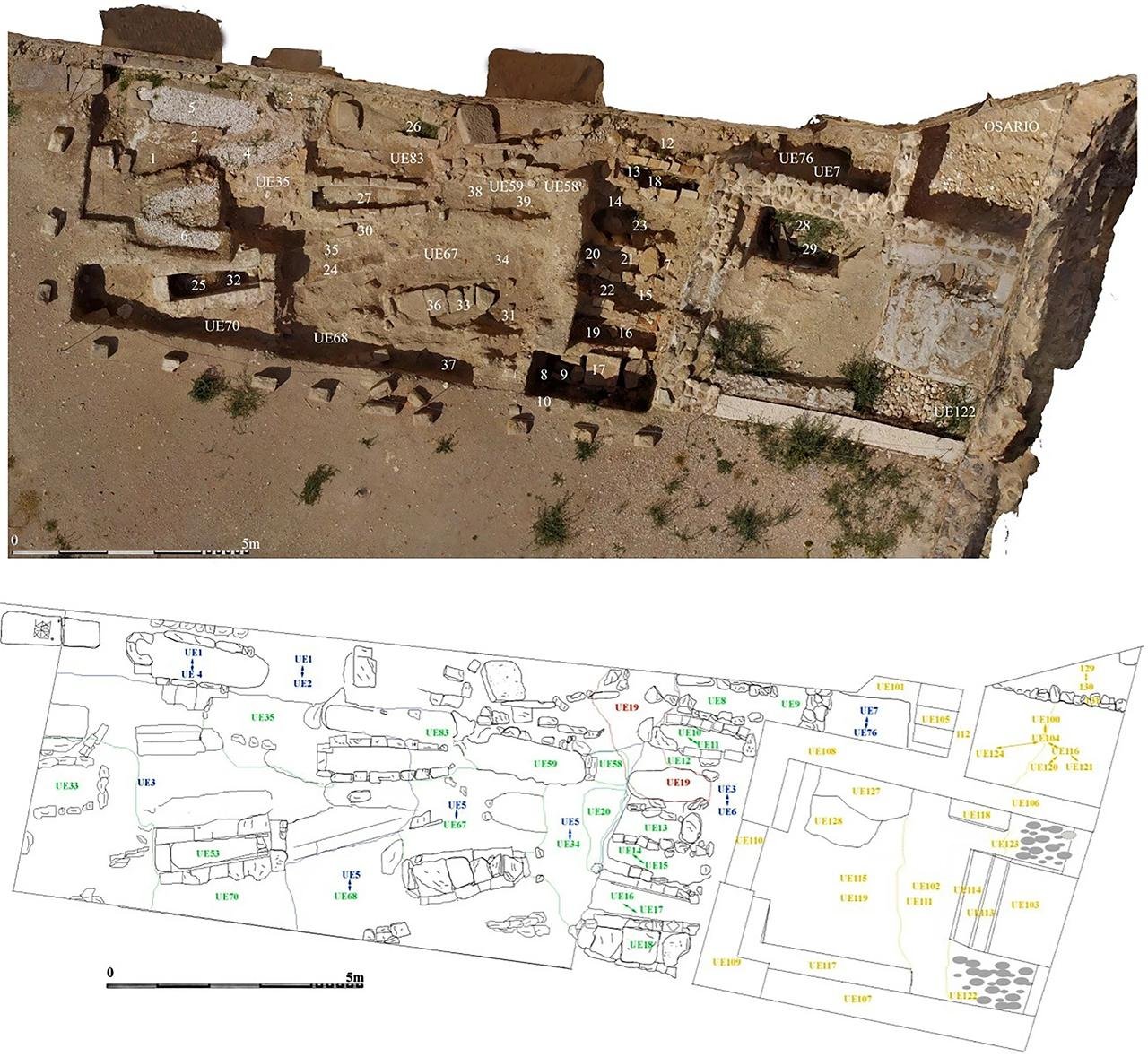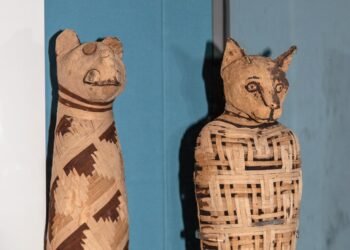A team led by experts from the Universitat Rovira i Virgili (URV) and the Max Planck Institute unearthed a female burial among the remains of 25 individuals buried between the 12th and 15th centuries at the castle of Zorita de los Canes in Guadalajara, Spain.

The castle of Zorita de los Canes, perched on a hill by the Tagus River in Guadalajara, has a storied history dating back to its construction in 852 by Emir Muhammad I of Córdoba. Initially built as a defensive fortress against Christian attacks, the castle changed hands multiple times. It was captured by the Knights Templar in 1124, and fifty years later, Alfonso VIII of Castile granted the fortress to the newly established Order of Calatrava. This Cistercian military order was tasked with defending the Tagus frontier from Almohad incursions, playing a crucial role in the Christian-Muslim conflicts of the era.
The research team, as part of the MONBONES project, focused on studying the diet, lifestyle, and causes of death of these medieval warriors. The analysis of carbon-14 and nitrogen-15 isotopes in the bones revealed that despite their inland location, the knights consumed a high-protein diet typical of medieval high society, including marine fish. This diet was indicative of their elite status.
The exhumation of 25 skeletons from the castle’s cemetery revealed that 23 of the individuals had died violent deaths, with penetrating puncture wounds and blunt force injuries to vulnerable parts of the body such as the skull, legs, and pelvis. These injuries suggested that these individuals were indeed warriors who died in battle. Carme Rissech, a researcher from URV, noted, “We observed many injuries on the upper part of the skull, on the legs, and on the inside of the pelvis (of the coxal bone), which agrees with the hypothesis that they are warriors.”

Among the skeletons, Rissech identified one set of remains as belonging to a woman, a finding that initially sparked skepticism among the researchers. The skeletal characteristics, particularly the morphology of the facial bones and the pelvis, left little room for error in determining her sex. “The morphology of the bones of the face, the birth canal, and inside the pelvis, are the most obvious examples,” explained Rissech.
The nature of her injuries, which showed no signs of bone regrowth, suggested that she died in battle, possibly wearing armor or chainmail. However, her dietary indicators differed from those of some of the knights, with a lower protein intake hinting at a lower social status. This discrepancy led to speculation about her role, with some researchers hypothesizing that she might have been a servant who took up arms in times of need.

Rissech, however, dismissed the servant hypothesis, arguing that her bones showed no signs of the heavy physical labor associated with servitude. Instead, her skeleton bore characteristics similar to those of the other warrior monks, indicating that she had trained in the use of the sword. “Her work as a servant would have left signs on her bones, indicators of certain types of physical activity that we could now identify,” Rissech noted. “I believe that these remains belong to a female warrior, but further analysis is needed to determine to what extent this woman is contemporary with the other knights.”
The researchers envision this female warrior as approximately forty years old, just under five feet tall, and adept with a sword. Her presence among the warrior monks suggests that women may have played more active roles in medieval military orders than previously understood.

























